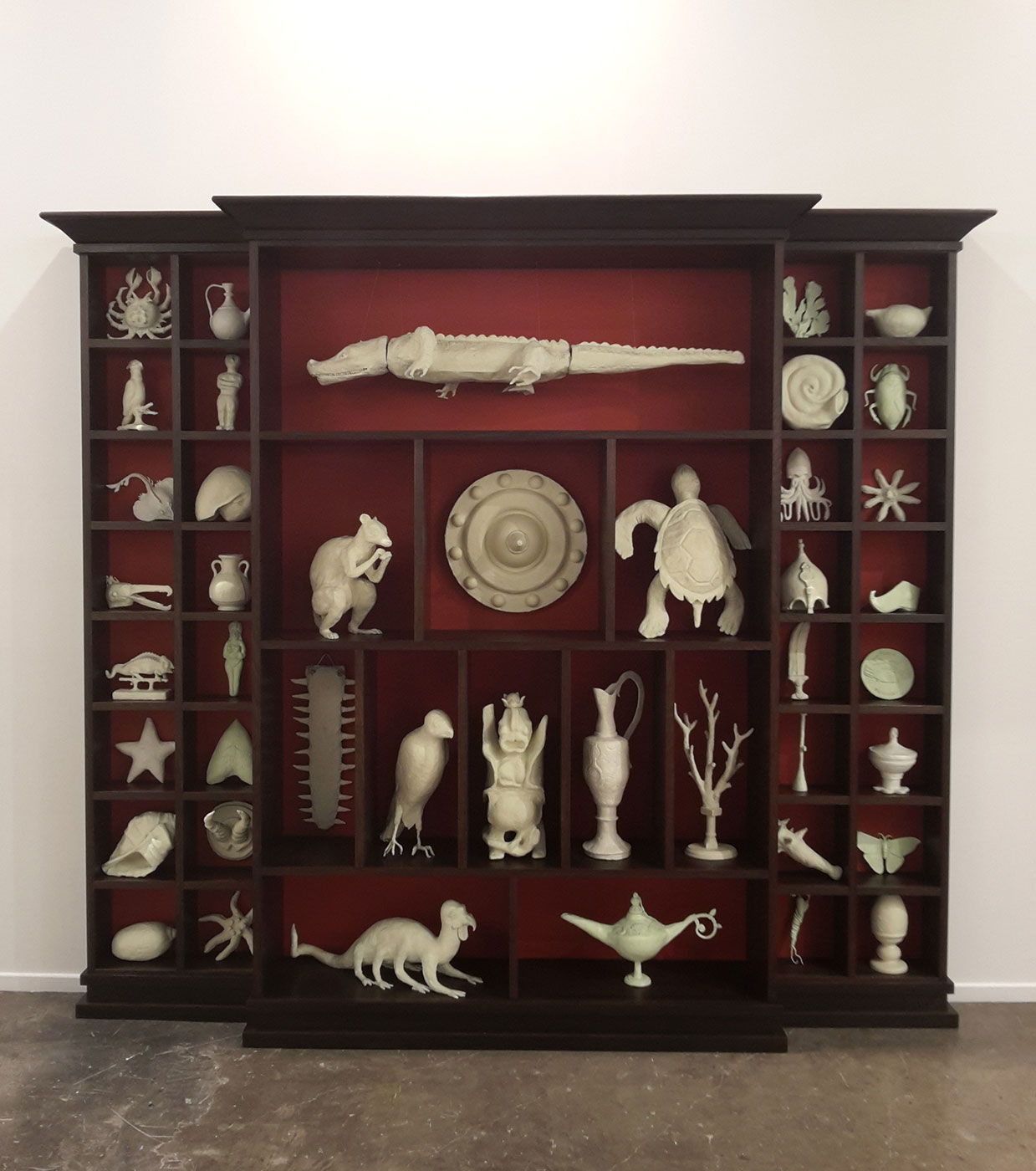Dion
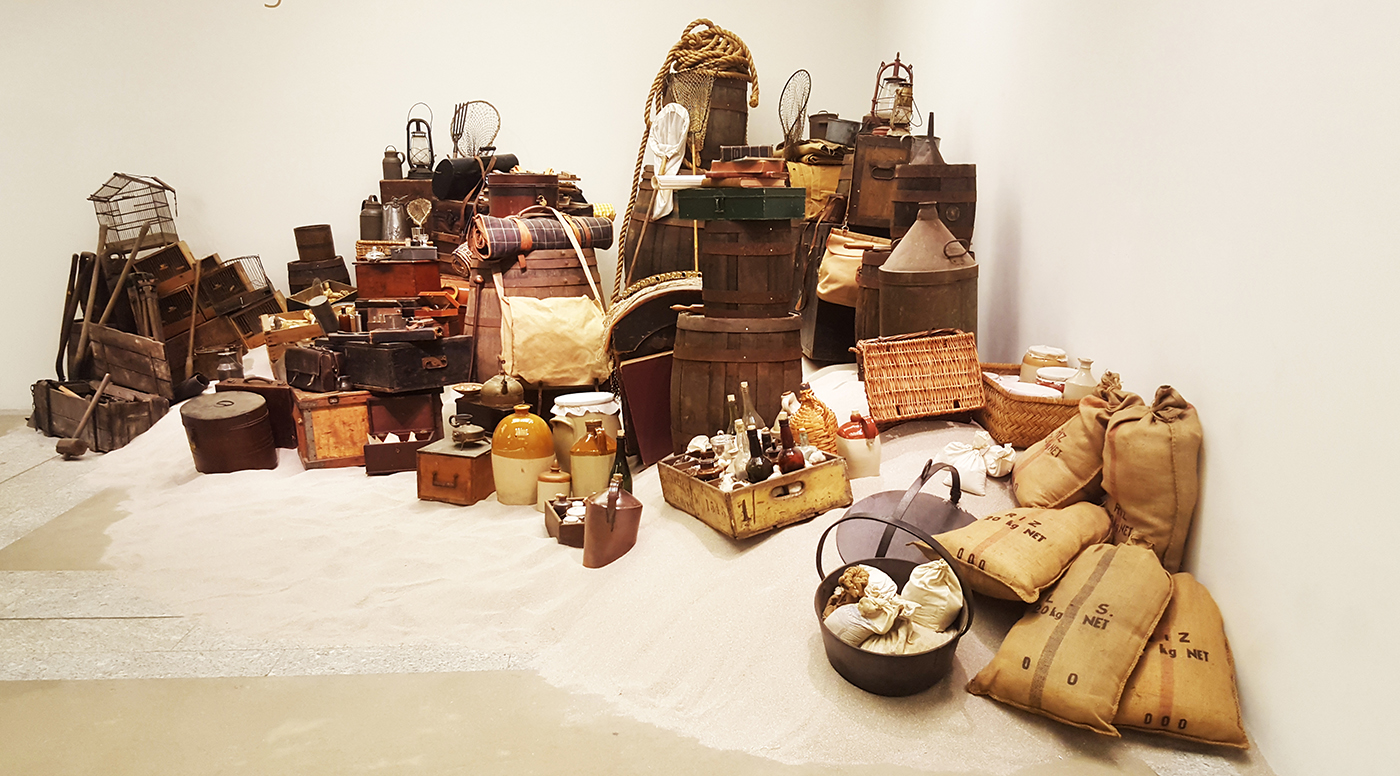
Mark Dion
The tropical Collectors (Bates, Spruce and Wallace), 2009
Different storage materials, containers, bags, sticks, jars and sand
Variable dimensions (500 x 500 x 200 cm)
Unique artwork
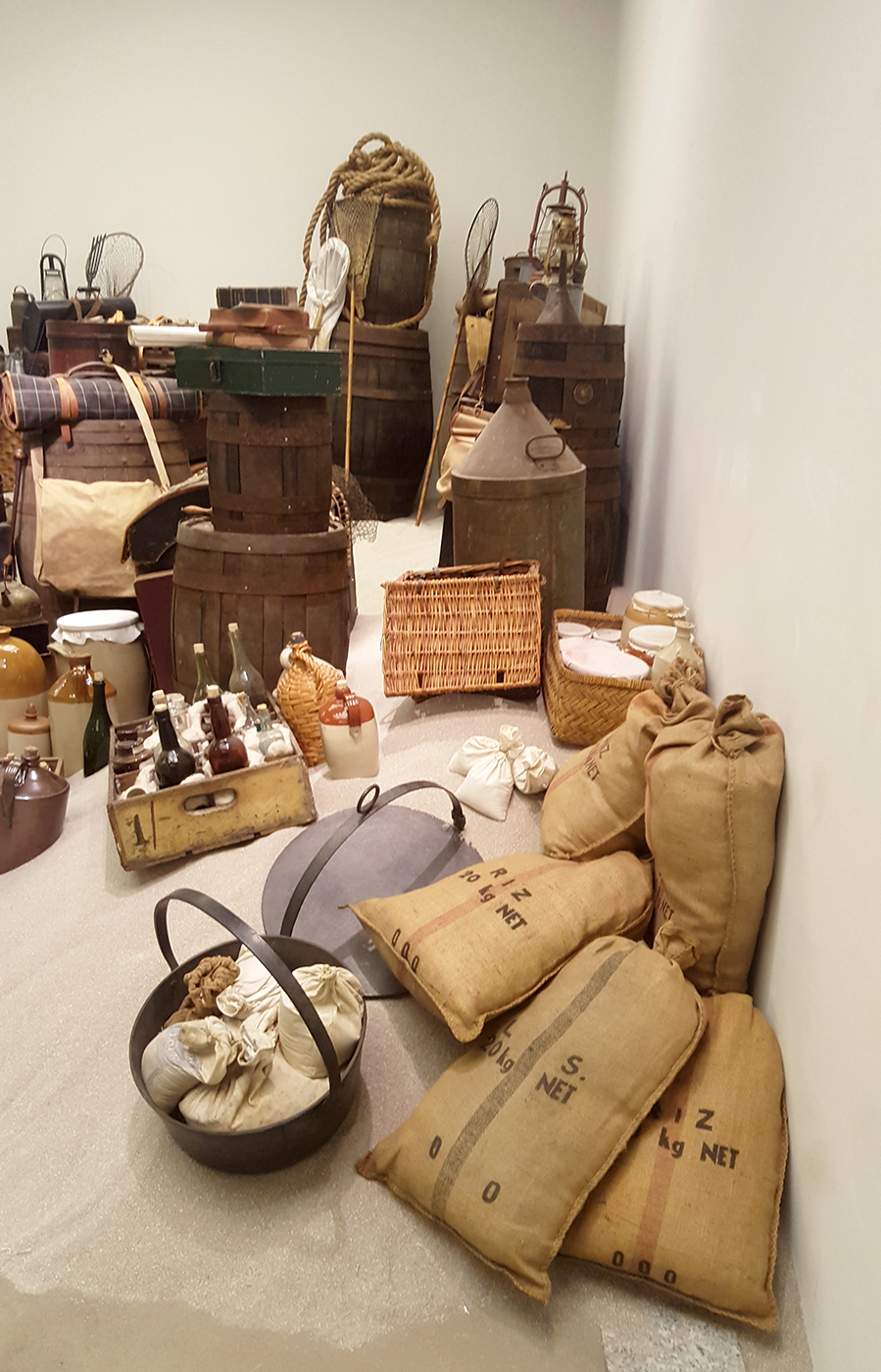
Mark Dion
The tropical Collectors (Bates, Spruce and Wallace), 2009
Detail
Kunstmuseum St Gallen, Suisse, 2016

Mark Dion
The tropical Collectors (Bates, Spruce and Wallace), 2009
Detail
Kunstmuseum St Gallen, Suisse, 2016
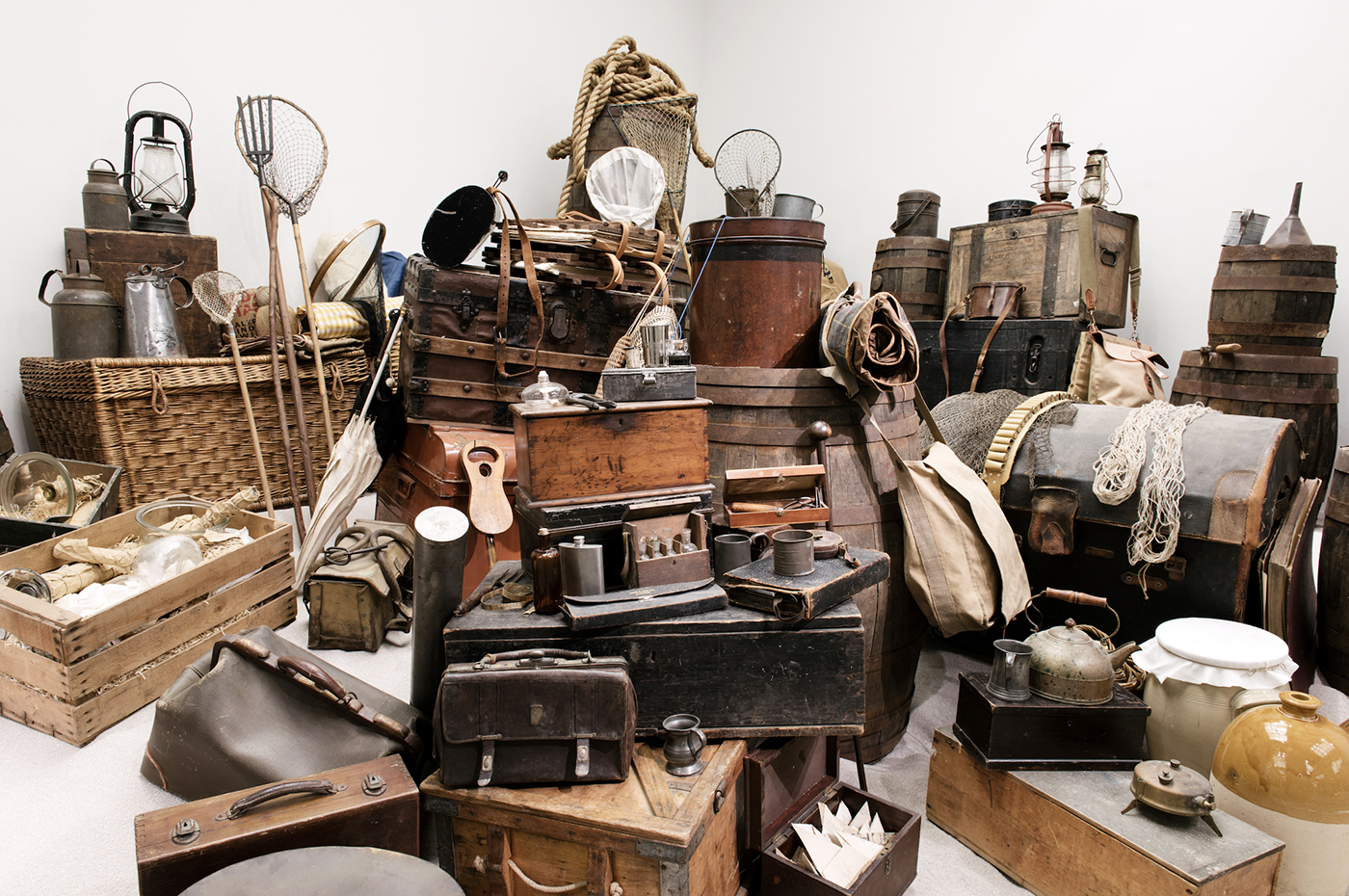
Mark Dion
The tropical Collectors (Bates, Spruce and Wallace), 2009
Detail
Kunstmuseum St Gallen, Suisse, 2016
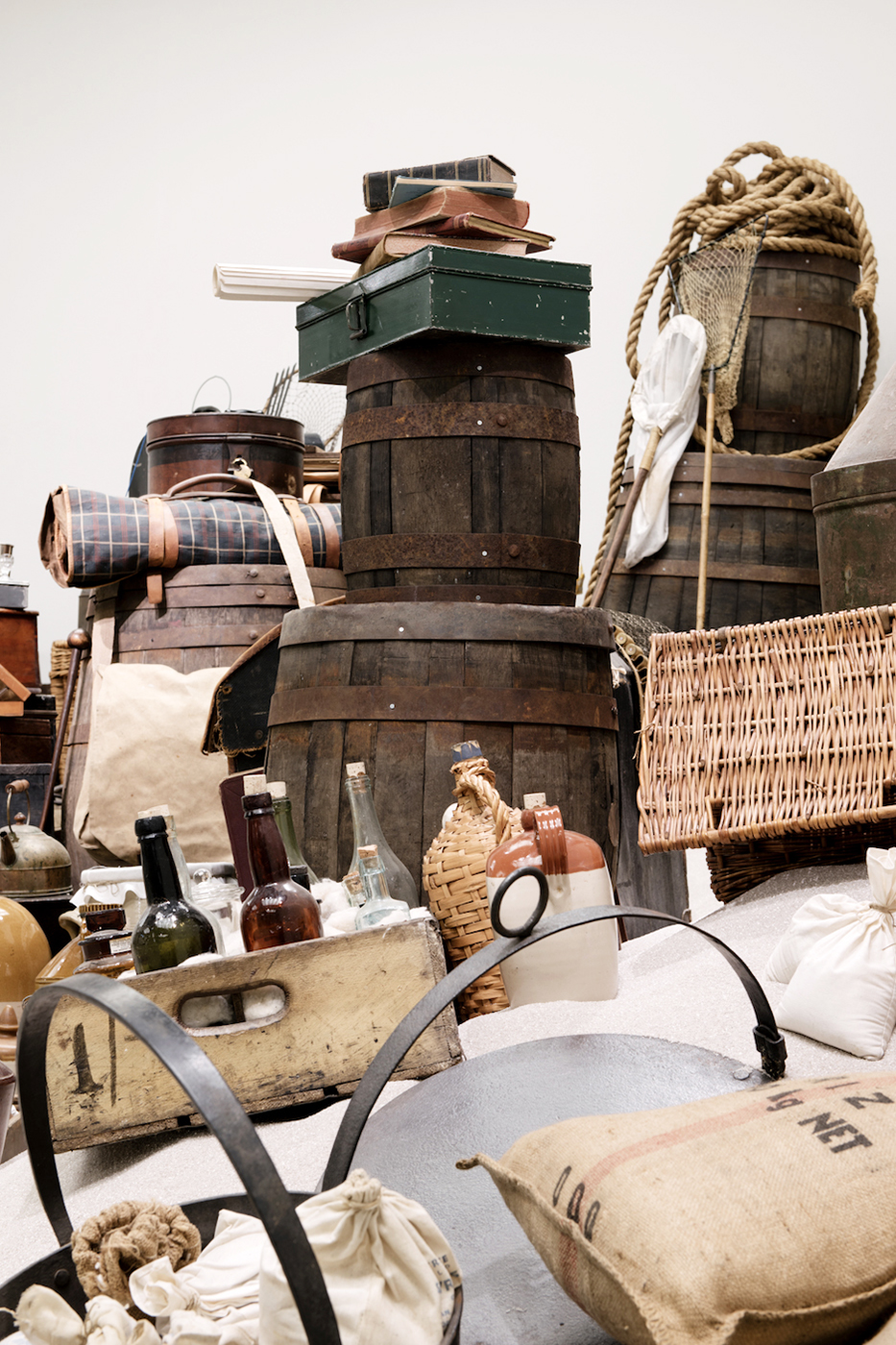
Mark Dion
The tropical Collectors (Bates, Spruce and Wallace), 2009
Detail
Kunstmuseum St Gallen, Suisse, 2016
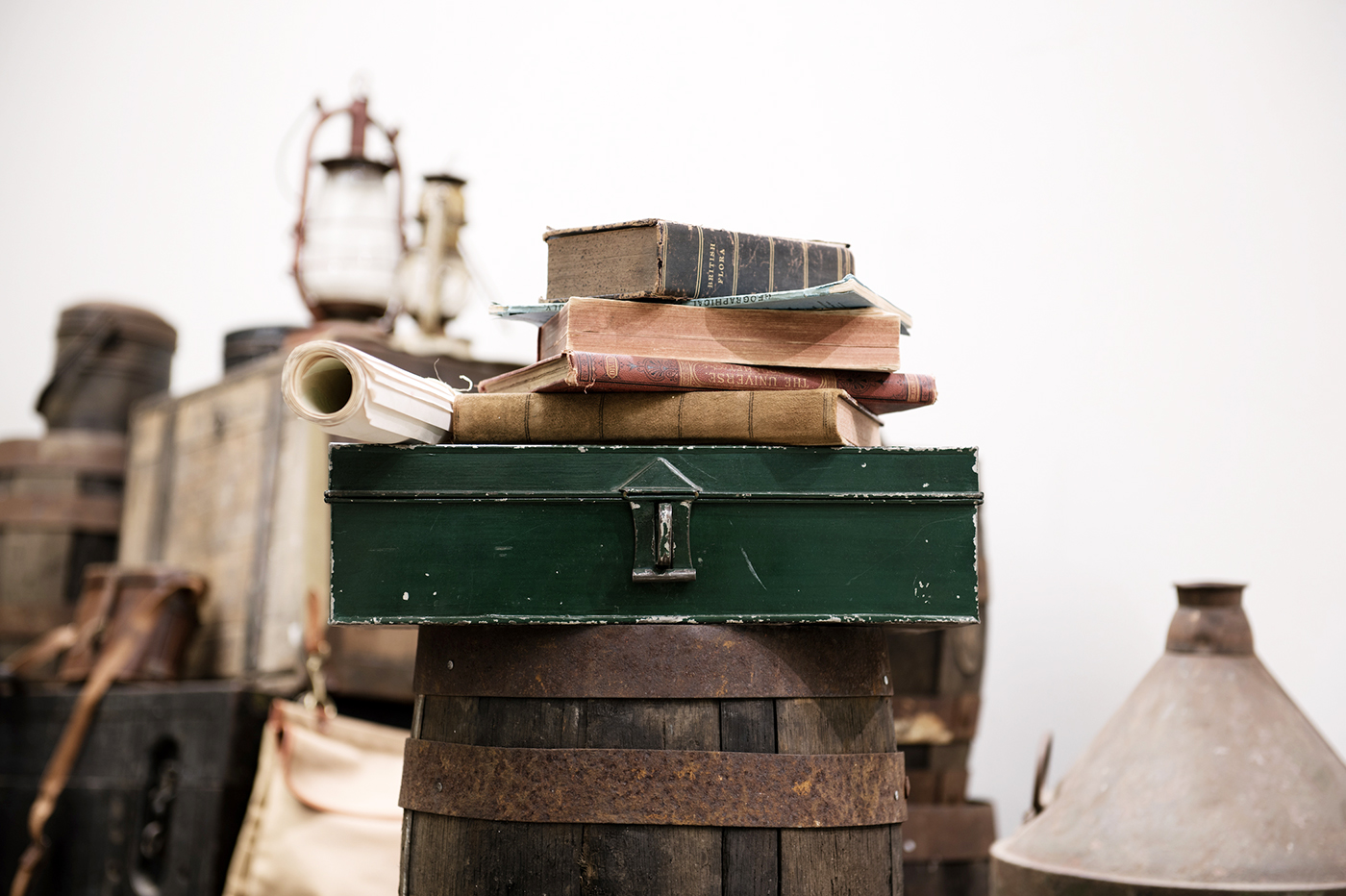
Mark Dion
The tropical Collectors (Bates, Spruce and Wallace), 2009
Detail
Kunstmuseum St Gallen, Suisse, 2016
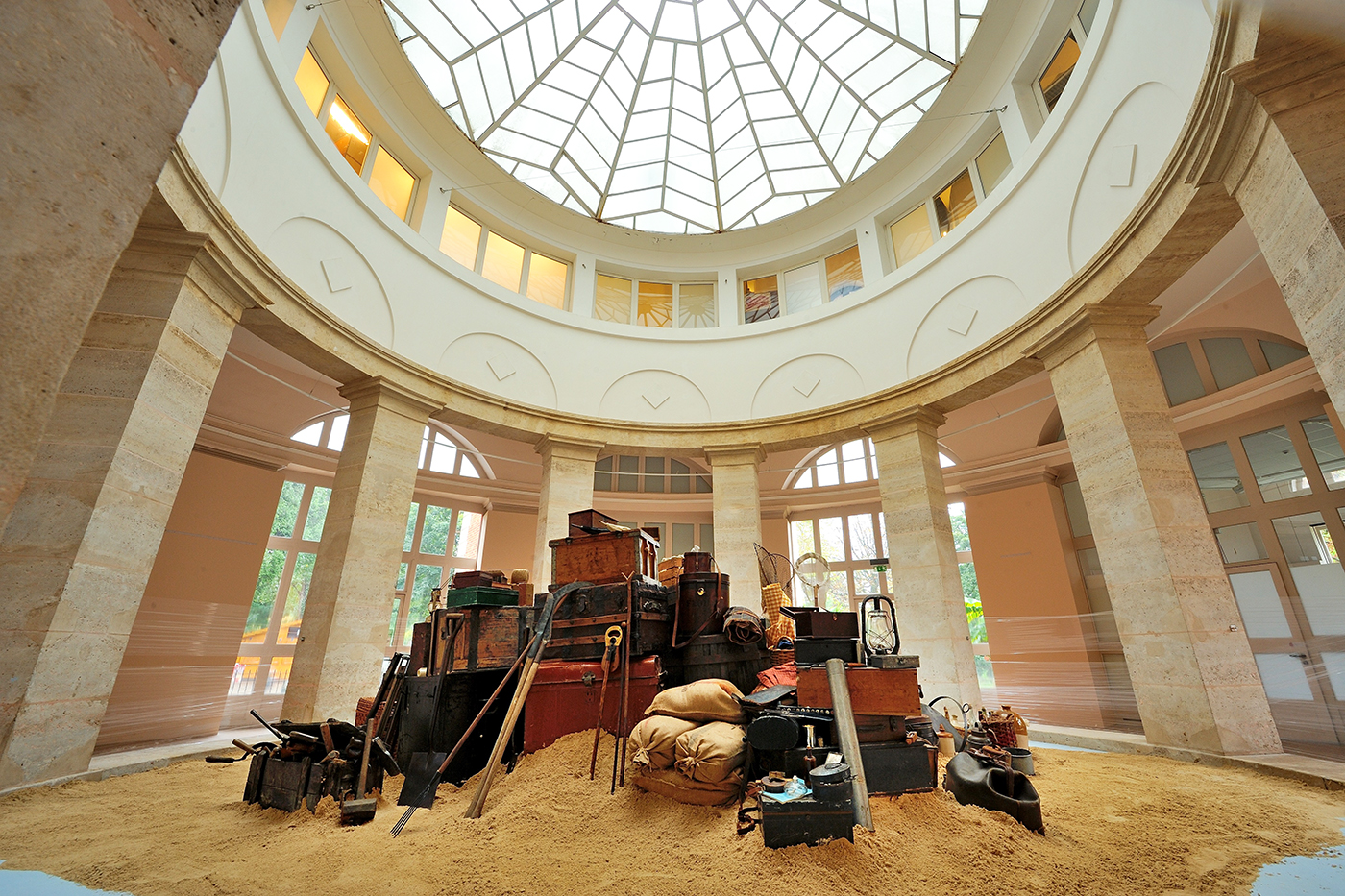
Mark Dion
The tropical Collectors (Bates, Spruce and Wallace), 2009
Museum d'Histoire Naturelle, Paris, 2012
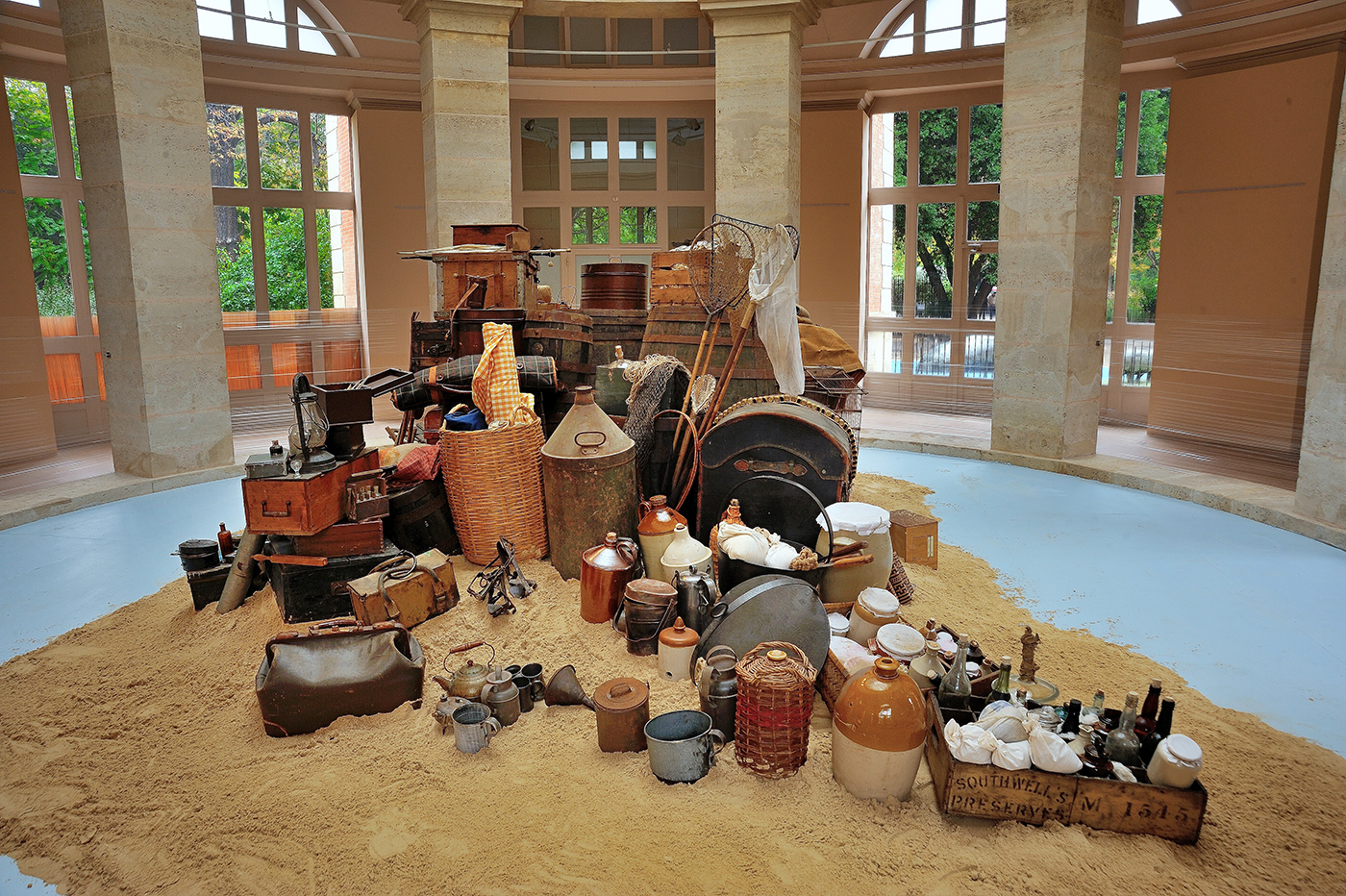
Mark Dion
The tropical Collectors (Bates, Spruce and Wallace), 2009
Museum d'Histoire Naturelle, Paris, 2012

Mark Dion
The tropical Collectors (Bates, Spruce and Wallace), 2009
Museum d'Histoire Naturelle, Paris, 2012
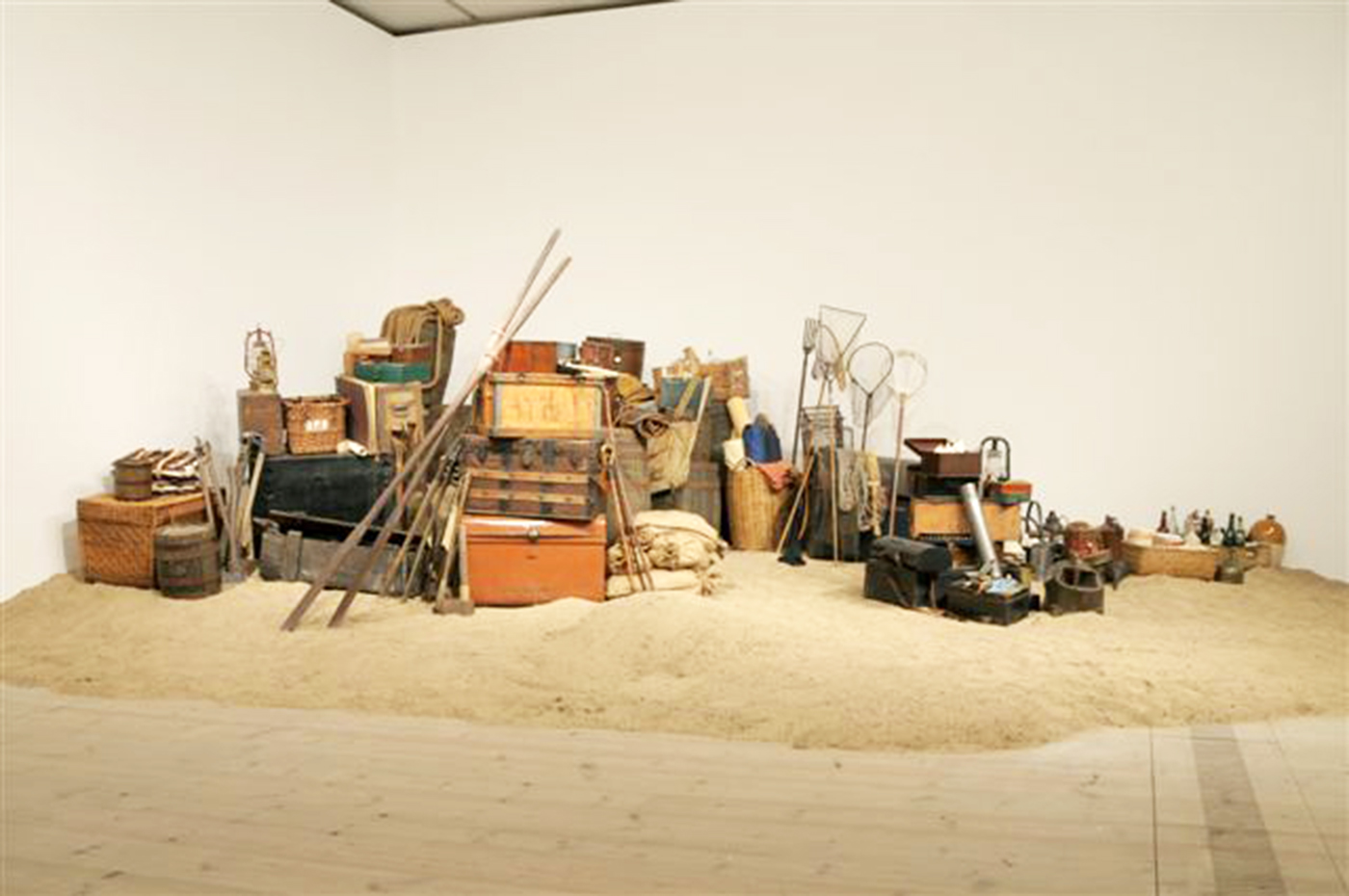
Mark Dion
The tropical Collectors (Bates, Spruce and Wallace), 2009
Baltic Art Center, New Castle, UK, 2009

Mark Dion
The tropical Collectors (Bates, Spruce and Wallace), 2009
Baltic Art Center, New Castle, UK, 2009
